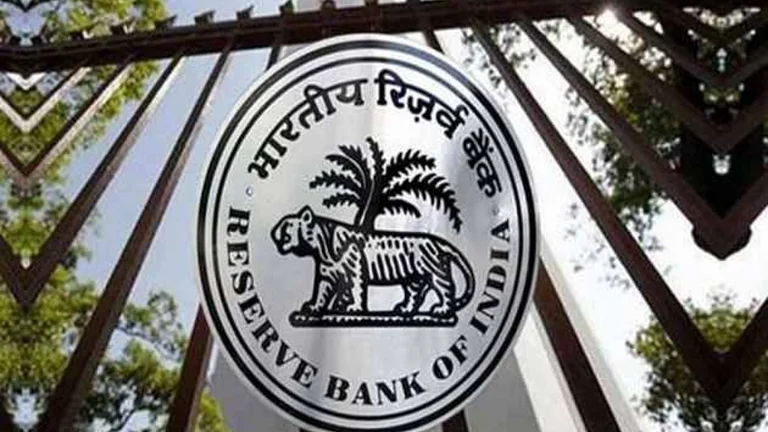The Reserve Bank of India (RBI) will continue to ensure innovation in digital payment across the country, RBI Governor Sanjay Malhotra said during the inauguration ceremony of the Digital Payments Awareness Week 2025 in Mumbai on March 10, 2025.
Malhotra said that despite the rise in digital payment, almost 40 per cent of India’s adult population remained outside its reach. He stressed the importance of focussed publicity campaigns and improved security features to fill this gap, adding that enhancing security aspects and raising awareness will lead to greater adoption of digital transactions across India.
Growing Digital Payment System
Malhotra said that digital payments have grown exponentially and “more than 20 billion payments worth almost Rs 250 trillion were made in India through digital modes”. This was a reflection of increasing reliance on digital channels for habitual financial transactions, he said.
However, despite this, a greater part of the population still remained outside this ecosystem, largely due to limited awareness and security concerns. Malhotra said that RBI desires to identify these segments and areas with low acceptance of digital payments and take steps to enhance usage and awareness to bridge the gap.
The RBI’s new “Har Payment Digital” initiative, launched in 2023, focuses on driving digital payments through greater awareness and developing supporting infrastructure. This year, the campaign has been named “India Pays Digitally”, and multimedia campaigns and social media competitions will be undertaken to encourage higher public participation, he said.
Malhotra encouraged banks, payment system operators, and other stakeholders to be innovative and help carry out this mission.
Balancing Innovation and Security
Malhotra stressed that while digital payments innovation has added convenience and accessibility, security remains the priority. He mentioned recent efforts like card tokenisation, which does not allow merchants to store card information, and multi-factor authentication to enhance transaction security as part of enhancing security in digital payment system.
Malhotra also commented on the RBI’s continued steps in bringing forward new frameworks, such as the “Alternative Authentication Mechanism for Digital Payment Transactions” and “Additional Factor of Authentication (AFA) for Cross-Border Card Not Present (CNP) Transactions”.
“Enhancing safety and security of payments ecosystem is a work in progress,” he said, adding that soft-touch regulation would continue driving growth in fintech while sufficient protections were maintained.
Emphasis on Cross-Border Transactions
Malhotra also highlighted India’s increasing prominence in cross-border transactions, led by the success of the Unified Payments Interface (UPI). With UPI accounting for 48.5 per cent of global real-time payment volumes, the RBI is keen to increase its global footprint, he said.
“India is the largest receiver of personal remittances globally. According to a World Bank report, it has been estimated that in 2024, India received remittances totalling approximately $130 billion,” he said. The RBI is aiming to combine UPI with high-speed payment systems around the world and find out other platforms to speed up transactions, with much lower cost, and make them more transparent, he said.
He added that the central bank is also launching “Project Nexus”, a Bank for International Settlements (BIS) multilateral project to link the fast payment systems of India, Malaysia, the Philippines, Singapore, and Thailand. Project Nexus will enable and speed up cross-border retail payments, he added.
As part of the awareness drive, the RBI’s regional offices will continue hosting its eBAAT (Electronic Banking Awareness and Training) programs across the country. These programs, conducted since 2012, have already reached thousands of participants. Malhotra further said that a pilot program would be launched in a major Indian state to improve the effectiveness of eBAAT by reaching a broader audience in a more efficient manner.














